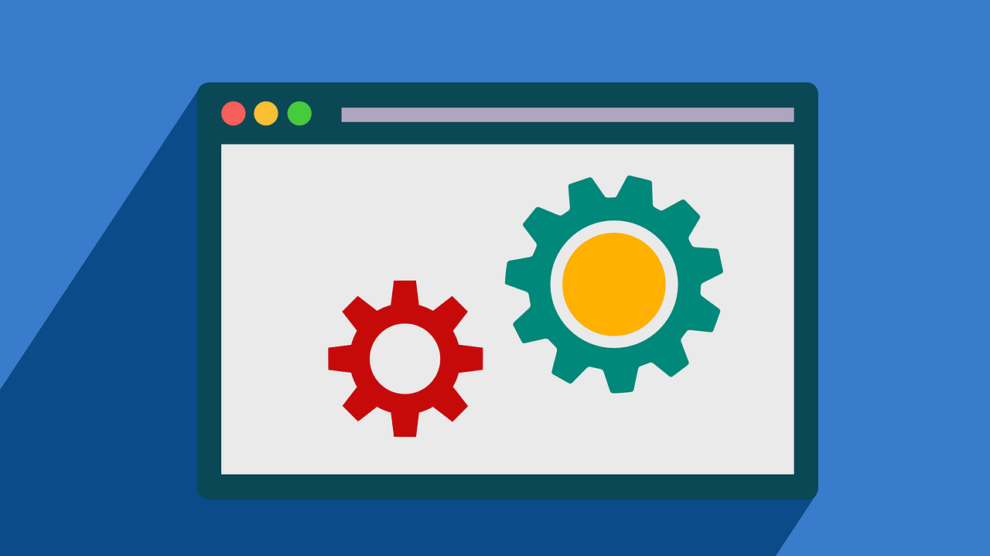It takes quite a few research techniques, such as workshops, interviews, and inquiries, to develop a proper UX design that can communicate the purpose of your products to a target audience. Modern consumers are real people with real problems.
The best way to appeal to their needs is by showing that your products are being designed for them. All modern businesses strive to create better, more customer-centric products, but to do that, brands must understand the needs and wants of their consumers.
That’s where storyboarding kicks in. We’re going to delve deeper into what storyboarding is, its value in UX design, reasons why you should use it, and more.
What Is Storyboarding?
By definition, storyboarding includes “a linear sequence of illustrations, arrayed together to visualize a story. As a tool, storyboarding comes from motion picture production. The primary purpose of storyboarding is delivering information to users. Storyboarding is, indeed, the most powerful tool for communicating with customers.
The reasons for this are many:
- Visualization –visuals are the best marketing tool today. They help tell your brand’s story in the most appealing way that your consumers can understand and relate to. Including visualization helps add new meaning to your UX design.
- Memorability – no one wants to see plain and boring facts, but a story is a whole different deal. Stories are much more memorable and can provide the wanted effect.
- Empathy – modern consumers appreciate brands that take the time to appeal to their needs, and brands have storyboarding to establish a meaningful relationship with their consumers, and help them relate to their stories. Each customer has a real-life problem that requires a solution. Storyboarding is meant to help your customers understand how your products improve their life. In return, storyboarding is also expected to imbue customers with emotions.
- Engagement – storyboarding is intended to grab attention and allow you to engage with your customers. Once you have their attention, they will be hardwired to respond by purchasing your products.
Storyboarding in UX Design
In UX design, storyboarding is a powerful tool that tells a brand all about the user’s experience with a certain service or product. It also helps brands present their products by providing guidance on how consumers will use those products.
UX designers need this data to understand what’s really important for consumers. More importantly, storyboarding is an instrument for ideation that can help visually explore and predict consumer experience with a service or product. In the end, it’s all about creating better products and services.
With all this in mind, here are the top seven reasons why you should use storyboarding in UX design.
1. Build a Relationship with Your Users
If your business goal is to create a more customer-centric product, you’ll have to consider the concept of user personas. It can be a great tool to help product designers include empathy in the design process. It all comes down to understanding that different users have different expectations, wants, and needs.
Designers have to visualize each user’s journey to add proper context to their designs that will resonate with the diverse needs of consumers. A UX storyboard is all it takes to create a context for consumer interactions.
In other words, well-designed storyboarding is intended to make consumers believe that certain products or services can help real persons handle real-life situations. Hopefully, these efforts will result in an opportunity to build a relationship with your target audience and help them empathize with the brands they follow.
2. Better Understanding of a User Journey
While most designers use user journey mapping as a tool to help them visualize the users’ experiences with products, this method can be quite limiting. While a journey map can show you common issues your consumers face when using a certain product, it doesn’t allow you to walk in the user’s shoes.
What a journey map can’t do, storyboarding can. Storyboarding is an excellent way to illustrate a user journey to better understand it. That’s why storyboarding in UX design is meant to allow brands to visualize the user emotions and actions so that they can improve user experience with each new interaction.
3. Shape Your Product Strategy
Storyboarding can be extremely useful in the early stages of the design process. It helps test multiple product visions quickly and affordably, which is essential for brands that are about to launch new products.
If they can predict and explore how their consumers will react to new products, finding the most efficient concept that will work best with users becomes much easier. The best way to predict and explore a user’s experience is by creating multiple storyboarding scenarios.
4. Make Your UX Design More Customer-Centric
Storyboarding puts users at the very core of the design process. If a brand centers its research and data findings on consumers, they can make their product design more customer-centric.
That includes seeing the products from the perspective of consumers and understanding the scenarios of interaction. Customer-centricity is an increasing trend today, and brands that cater to their target audiences become more competitive. Storyboarding is one of the ways to make sure that goal is achieved.
5. Save Money and Effort
Prioritization is essential in the business world. It allows a business to prioritize the most important tasks and work smarter rather than harder. The more customers a company has, the more work it has to do. More work requires more money, time, and effort.
With storyboarding, you can focus on the things that really matter in UX design and eliminate all of the unnecessary work to save resources, effort, and time.
Since storyboarding depends on team effort, it’s a great way to motivate your employees and inspire collaboration. It can also help create a more productive workspace that gives way to innovative design concepts.
6. Simpler Iteration
An iterative approach is one of the best things about storyboarding. Sketching is a very effective and affordable way to test multiple design concepts simultaneously. That’s probably the most efficient way of creating new solutions on time, which is why storyboarding helps with delivering on tight deadlines and schedules.
7. Improved Communication
Last in line is communication. It doesn’t take a real artist to create a great storyboard but rather a person with great communication skills. Remember, storyboarding is all about telling a story. In this case, it’s your brand’s story and that of your products/services.
Each consumer has to be able to understand the information you’re trying to convey clearly. If your UX design can speak volumes to your audience, it’s quite safe to say that your sales will go up.
Conclusion
Business storyboarding has become quite trendy over a short span of time. Adding character, scene, plot, and narrative to your brand’s offerings has become one of the most effective marketing strategies around.
It’s no wonder that more and more organizations are getting interested in storyboarding services. The truth is that storyboarding with a user experience agency provides your brand with clarity, authenticity, simplicity, and emotion, all the things that your customers can easily relate to.





